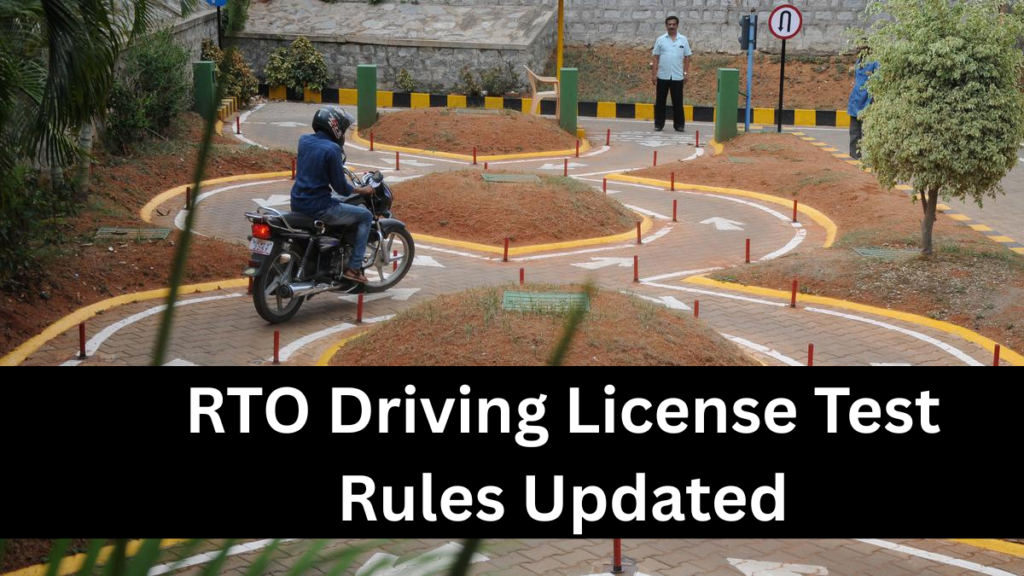India is gearing up for a major leap in road safety with the rollout of new car safety norms India 2025. The Ministry of Road Transport and Highways (MoRTH) has announced stricter regulations aimed at improving the safety of both drivers and passengers. These rules focus on making airbags mandatory in India, setting clearer crash test requirements, and pushing automakers to build cars that meet international safety benchmarks.
Let’s break down everything you need to know about the upcoming changes in car safety regulations.

Table of Contents
Why Are These New Safety Rules Being Introduced?

India has one of the highest rates of road accidents globally. Every year, thousands lose their lives due to unsafe vehicles and poor crash protection. The government is now aiming to turn the tide with the new 2025 safety norms.
The core objectives include:
-
Reducing fatalities and serious injuries caused by road accidents
-
Making Indian vehicles safer and more reliable
-
Aligning Indian regulations with global crash test standards
Key Highlights of Car Safety Rules India 2025
Here’s a quick look at what the new norms cover:
Safety Feature |
New Regulation (2025) |
|---|---|
Airbags |
6 airbags mandatory in all passenger cars |
Crash Tests |
Must meet Bharat NCAP standards |
Seat Belt Reminders |
Mandatory for all seats (front & rear) |
Speed Alert Systems |
Standard in all new vehicles |
Electronic Stability Control (ESC) |
Required in passenger cars above ₹10 lakh |
Pedestrian Protection Compliance |
Compulsory for all new car models |
These upgrades are expected to apply to all new cars manufactured or sold after October 1, 2025.
Airbags Mandatory in India – What You Should Know
Previously, only driver-side airbags were compulsory. Later, it expanded to dual airbags (driver + co-driver). But from 2025, all new passenger vehicles must include:
-
2 front airbags
-
2 side airbags
-
2 curtain airbags
This move ensures better head and chest protection in the event of a collision, especially in side impacts and rollovers.
Crash Test Requirements: Raising the Bar
Under the new policy, all vehicles will need to undergo enhanced crash test requirements based on the Bharat New Car Assessment Programme (Bharat NCAP).
Key aspects of the tests:
-
Frontal offset crash tests at 64 km/h
-
Side impact tests to assess protection during T-bone collisions
-
Pedestrian protection measures to reduce injury to pedestrians during accidents
Manufacturers will also need to display safety ratings for their cars, just like energy ratings on appliances, making it easier for customers to make informed choices.
How Will This Impact Car Buyers?
While the new norms are a big win for safety, they may lead to slightly higher car prices due to added components and testing procedures. However, the long-term benefits far outweigh the initial cost bump.
What car buyers can expect:
-
Safer cars with more protective features
-
Improved transparency with safety star ratings
-
Peace of mind, knowing your vehicle is built to international standards
Summary: What’s Changing in 2025?
Category |
Current Norms |
New Norms (2025) |
|---|---|---|
Airbags |
2 (driver & co-driver) |
6 (front, side & curtain) |
Crash Testing Standards |
Basic tests |
Bharat NCAP (advanced crash simulations) |
Seatbelt Reminders |
Front seats only |
All seats |
Safety Rating Display |
Not mandatory |
Must be displayed on car |
FAQs
Q1. Will the new car safety norms India 2025 apply to existing vehicles?
No. These rules will apply to all new models launched or sold after October 1, 2025. Existing cars are not required to comply retroactively.
Q2. Are 6 airbags now compulsory in all cars?
Yes, as per the 2025 norms, airbags are mandatory in India, and all passenger cars must be equipped with six airbags regardless of price.
Q3. How will the crash test requirements change for Indian cars?
Under the Bharat NCAP, crash tests will be more comprehensive and simulate real-world accident scenarios, including side and frontal collisions.
Q4. Will this affect the cost of buying a new car in India?
Yes, slightly. Incorporating advanced safety features may raise the cost, but the added protection makes it a worthwhile investment.
Final Thoughts
The new car safety norms India 2025 are a giant step toward safer roads and responsible driving in the country. While manufacturers may face challenges in compliance, the end goal is to protect lives—making Indian roads much safer for everyone.
Click here to learn more






